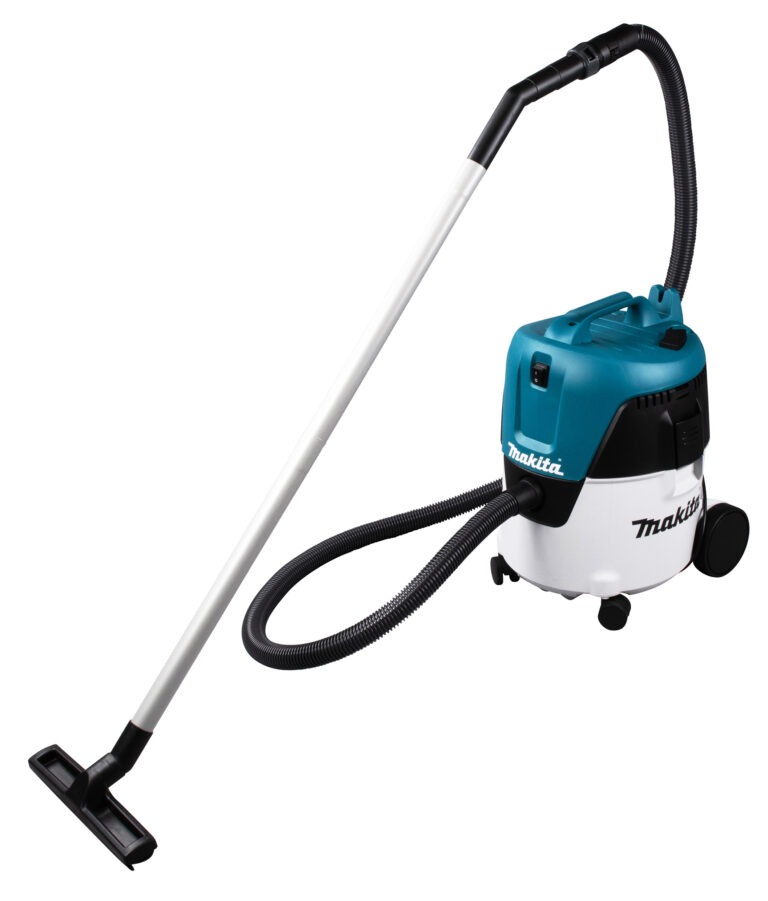
sensitivity, throughput, and cost often come from how we turn raw samples into sequenceable libraries. In 2025, several shifts are reshaping that “front end” — from single-cell and spatial workflows to long-read prep, automation, and error-control strategies that squeeze more truth from fewer molecules.
Single-cell and multi-omic library prep goes mainstream
Single-cell protocols are expanding beyond RNA to combine chromatin, protein, and lineage information in the same cells. Methodological reviews in 2024–2025 detail how combinatorial indexing, multiome kits (e.g., scATAC+scRNA), and improved barcoding chemistries are raising capture rates while lowering input requirements and batch effects. The net effect: richer biology from the same biopsy, with libraries designed to keep modalities synchronised through demultiplexing and deconvolution.
Automation, microfluidics, and reference standards tighten reproducibility
The library-prep bottleneck is increasingly addressed by microfluidic platforms and scripted workcells that combine bead purifications, enzymatic steps, and qPCR/fluorometric checks in a closed loop. A 2024 study demonstrated customizable prep on an open lab-on-a-chip system, integrating end-repair, ligation, cleanups, and inline quantification—evidence that benchtop automation can deliver reproducibility without a giant core facility. These systems dovetail with LIMS-tracked barcodes and sample-level metadata so labs can audit every step from extraction to loading. On the benchmarking front, NIST and collaborators continue to publish reference materials and metagenomics workflow assessments, providing external yardsticks to quantify bias from extraction and library chemistry rather than guessing. For teams planning to scale, it’s worth surveying vendors focused on NGS library preparation to identify where automation can cut touchpoints and reduce swaps.
What this means for study design in 2025
- Design for your biological question, not a kit label. Single-cell, spatial, long-read, and metagenomics projects each have different failure modes—index hopping, barcode collisions, fragmentation bias, or taxonomic skew. Choosing library chemistry with those risks in mind saves money and samples later. Reviews and kit-bias studies are invaluable when writing protocols and acceptance criteria.
- Put UMIs and dual indexing to work. UMIs plus strict sample indexing (ideally unique dual indexes) lower false positives, especially in rare-variant contexts and high-plex runs. Validate deduplication and error-modeling settings on control mixtures before you trust limits of detection.
- Automate what you can, but measure what you automate. Microfluidic or robotic prep is only an upgrade if you track carryover, duplicate rates, and library size distributions across batches. Reference materials—from microbial mock communities to human standards—help distinguish biology from process noise.
- Report the “boring” details. Library input mass, fragmentation method, cleanup ratios, cycle counts, size-selection gates, and adapter lots all matter for reproducibility and regulatory submissions. As spatial and single-cell studies grow, share full plate maps and barcode schemas with your data.
Spatially aware libraries move from pilot to production
Spatial transcriptomics is accelerating, and with it, library prep that preserves location while scaling to larger tissue areas and multi-section designs. Recent reviews catalog a fast-moving ecosystem of platforms and downstream software, underscoring the need for capture chemistries that maintain spatial barcodes, minimize crosstalk between spots, and remain compatible with standard sequencers. In 2025, guidance focuses on cross-section registration, multi-slice integration, and validation strategies so labs can trust spatially resolved libraries in comparative studies.
Long-read library prep: higher throughput, clearer bias profiles
Long-read technologies are pushing deeper into routine applications as library prep becomes faster and more scalable. On the PacBio side, high-throughput prep and analysis pipelines reported in 2025 are targeting assembly and isoform studies at production scale, while the Oxford Nanopore community is mapping bias introduced by ligation- versus transposase-based kits to guide protocol choice. Transparent reporting of size selection, damage repair, and adapter strategies is now essential to interpret coverage uniformity and variant calling—especially for clinically relevant regions and repetitive elements.
Enzymatic fragmentation, PCR-free (when possible), and smarter barcoding
Mechanical shearing is no longer the default. Enzymatic fragmentation that couples end repair and A-tailing has matured, enabling gentle treatment of damaged or scarce DNA and simplifying workflows into fewer tubes. Comparative studies show distinct performance differences between enzymatic and transposase (tagmentation) approaches, particularly at low input, highlighting why labs should validate against their exact sample types. When inputs allow, PCR-free or few-cycle strategies reduce GC bias and duplication, preserving quantitative signals for copy-number and methylation analysis. Meanwhile, unique molecular identifiers (UMIs) are becoming table stakes for ctDNA, amplicon, and low-frequency variant detection, because they tag original molecules and enable computational error correction downstream.
The bottom line
NGS innovation in 2025 is as much about smarter library prep as it is about faster sequencers. Multi-omic single-cell and spatial chemistries are deepening biological context; long-read kits and bias maps are making structural variants and isoforms routine; enzymatic fragmentation and UMI-first designs are improving accuracy at low inputs; and automation plus standards are turning fragile workflows into reliable production pipelines. If you’re planning studies this year, revisit your prep choices first—the quality of your libraries will determine how far your data can go.Next-generation sequencing has never been just about the sequencer. The biggest leaps in







